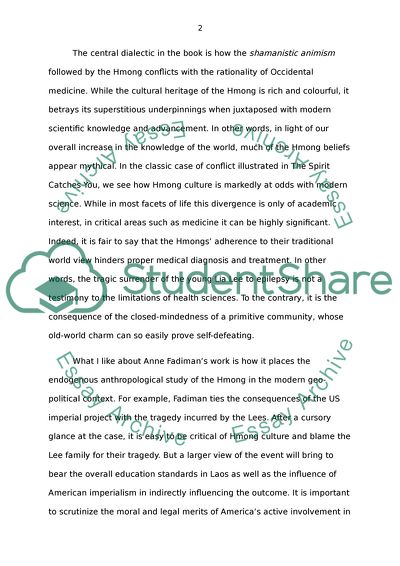Cite this document
(“The Spirit Catches You and You Fall Down by Anne Fadiman Essay - 2”, n.d.)
Retrieved from https://studentshare.org/anthropology/1658804-final-essay
Retrieved from https://studentshare.org/anthropology/1658804-final-essay
(The Spirit Catches You and You Fall Down by Anne Fadiman Essay - 2)
https://studentshare.org/anthropology/1658804-final-essay.
https://studentshare.org/anthropology/1658804-final-essay.
“The Spirit Catches You and You Fall Down by Anne Fadiman Essay - 2”, n.d. https://studentshare.org/anthropology/1658804-final-essay.


